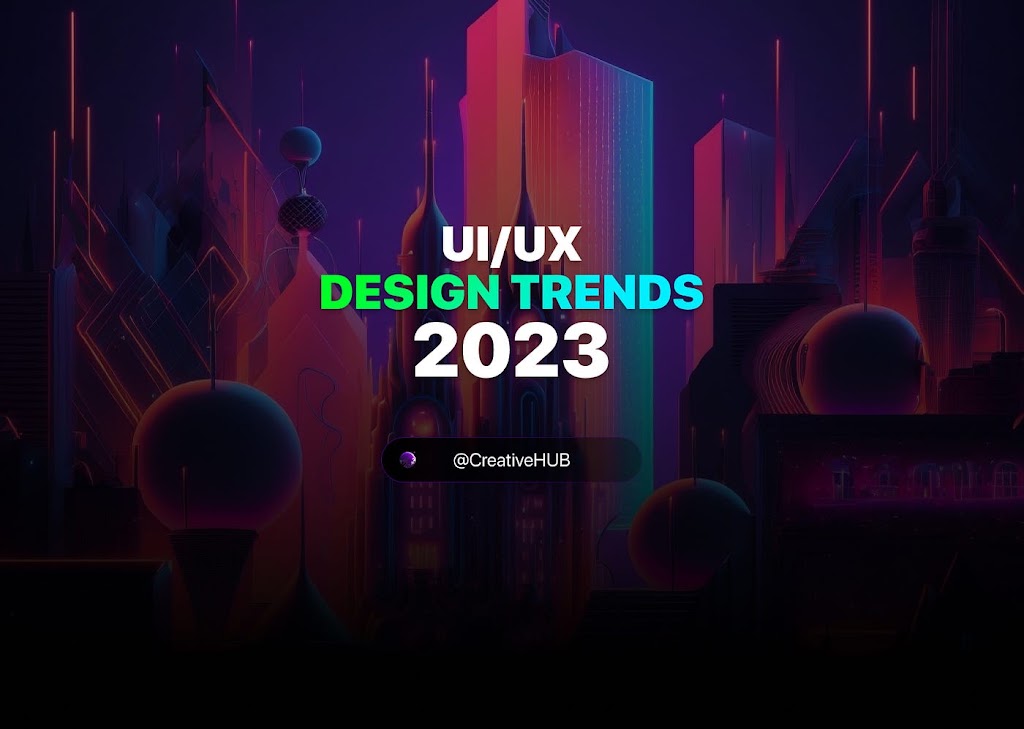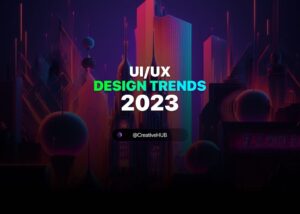How UX Design will Evolve in the Future: The Next Generation of UX and UI design
How UX Design will Evolve in the Future: The Next Generation of UX and UI designIn recent years, user experience (UX) design has become an integral part of the digital landscape. As technology continues to advance, UX design is evolving at a rapid pace, shaping the way we interact with digital products and services. In this blog post, we will explore the future of UX design and discuss the next generation of UX and UI design.
1. Artificial Intelligence and Machine Learning
One of the most significant trends in the future of UX design is the integration of artificial intelligence and machine learning technologies. With AI and ML, designers can create more personalized and adaptive user experiences. AI-powered chatbots, for example, can provide users with real-time assistance and support, enhancing the overall user experience.
Additionally, machine learning algorithms can analyze vast amounts of user data to identify patterns and trends. This valuable insight can be used to create more relevant and customized user interfaces. For instance, ML algorithms can learn user preferences and dynamically adjust the interface to suit their needs, resulting in a more intuitive and user-friendly experience.
2. Voice User Interface (VUI)
As voice-enabled devices like smart speakers and virtual assistants become increasingly popular, the future of UX design will undoubtedly involve voice user interfaces. VUI allows users to interact with digital products and services using voice commands, eliminating the need for traditional graphical user interfaces (GUI).
Designing for VUI requires a different approach, as designers must consider aspects such as conversational flow, natural language processing, and voice recognition accuracy. As VUI technology improves, UX designers will need to adapt their skills to create seamless and engaging voice-based experiences.
3. Augmented Reality (AR) and Virtual Reality (VR)
AR and VR technologies are revolutionizing the way we perceive and interact with digital content. These immersive technologies have the potential to transform UX design by providing users with a more engaging and interactive experience.
In the future, UX designers will need to consider the unique challenges and opportunities presented by AR and VR. Designing for these mediums involves creating intuitive interfaces that seamlessly integrate virtual elements with the real world. Whether it’s designing a virtual shopping experience or a training simulation, UX designers will need to master the art of creating immersive and intuitive experiences in the next generation of UX and UI design.
4. Multisensory Experiences
As technology continues to advance, designers will have the opportunity to create multisensory experiences that engage users on multiple levels. This could involve incorporating haptic feedback, tactile interfaces, or even olfactory elements into the user experience.
By appealing to more than just the visual and auditory senses, UX designers can create more memorable and impactful experiences. For example, haptic feedback can provide users with a sense of touch, making virtual interfaces feel more tangible. Similarly, incorporating scent into the user experience can evoke emotions and create a more immersive environment.
5. Ethical and Inclusive Design
As technology becomes more integrated into our daily lives, ethical and inclusive design principles will become essential in the future of UX design. Designers will need to consider the ethical implications of their designs, ensuring that they promote transparency, privacy, and accessibility for all users.
Inclusive design, on the other hand, involves creating experiences that are accessible to people with disabilities and diverse backgrounds. This includes considering factors such as color contrast, font size, and alternative text for screen readers. By prioritizing ethical and inclusive design, UX designers can create experiences that are not only visually pleasing but also inclusive and accessible to all users.
Conclusion
The future of UX design holds exciting possibilities for designers and users alike. From AI-powered interfaces to immersive AR and VR experiences, the next generation of UX and UI design will undoubtedly bring about significant changes in the way we interact with digital products and services.
As UX designers, it is crucial to stay informed about the latest trends and technologies shaping the industry. By embracing these advancements and continuously refining our design skills, we can create user experiences that are intuitive, engaging, and inclusive for all. So, let’s embrace the future of UX design and unlock new possibilities for the digital world.










Post Comment